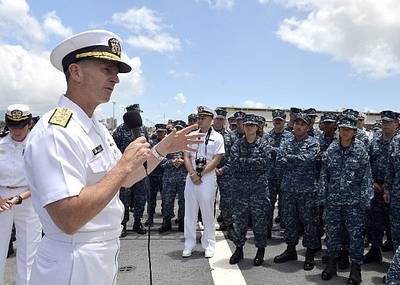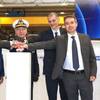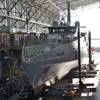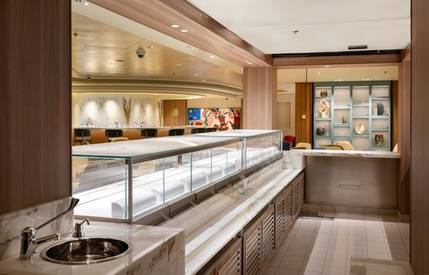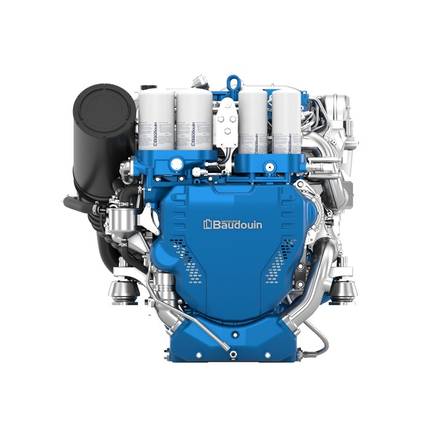CNO Sets Out Fleet Navigation Plan
Chief of Naval Operations (CNO) Adm. Jonathan Greenert, charts the course for the US Navy 2014 – 2018.
The CNO explains that Sailing Directions assist mariners in planning a long voyage by describing the destination, providing guidance on which routes to take, and identifying the conditions, cautions, and aids to navigation along the way. CNO’s Sailing Directions likewise provide a vision, tenets, and principles to guide our Navy as we chart a course to remain ready to meet current challenges, build a relevant and capable future force, and enable and support our Sailors, Civilians, and their families.
Future reductions to Navy’s budget will impact its ability to maintain the overall size of the fleet, but the Navy will ensure the force it deploys is proficient and ready. With the FY 2014 - 2018 budget submission it is intended to:
- Deliver USS GERALD R. FORD in FY 2015; maintain and modernize our carrier air wings by fielding more F/A-18 Super Hornets, E/A-18 Growlers and E-2D Hawkeyes.
- Deliver USS AMERICA in 2014 and extend the service lives of our Air Cushion Landing Craft (LCAC) while recapitalizing them with the Ship to Shore Connector (SSC).
- Ensure an uninterrupted, survivable nuclear deterrent by sustaining investment in Ohio Replacement SSBN development, while maintainingcurrent SSBN inventory.
- Field new and improved “kill chains” that defeat adversary radar jamming by using advanced infra-red sensors and weapons and integrated fire control networks that link ships, tactical aircraft and command and control aircraft.
- Fully exploit cyberspace and the electromagnetic spectrum as a warfighting domain by fielding 20 additional E/A-18G Growler aircraft, developing the Next-Generation Jammer for airborne electronic warfare, and delivering Surface Electronic Warfare Improvement Program upgrades to improve the ability of DDGs to detect and defeat adversary radars and anti-ship missiles. Significantly expand the capacity of our offensive cyber capability and active defense by adding 976 cyber operators to stand up 40 cyber warfighting teams over the next three years.
- Maintain our undersea dominance by building ten Virginia-class submarines, fielding more MH-60R Seahawk helicopters and P-8A Poseidon patrol aircraft, and completing a proven torpedo defense system that will deploy on USS GEORGE H.W. BUSH in 2014. Our budget submission improves our fixed undersea sensors around the world, fields new Multi-Function Towed Arrays for surface ships, and develops Large Displacement Unmanned Undersea Vehicles (UUV) to enhance our ability to deny adversaries effective use of the undersea domain.
- Improve our platforms’ reach through new payloads of more capable weapons, sensors, and unmanned vehicles to include the SM-6 missile, long-range anti-surface weapon, Air and Missile Defense Radar, Unmanned Carrier–Launched Air Surveillance and Strike vehicle and MQ-8C Fire Scouts.
Full details of the 'Sailing Directions' are available at http://www.navy.mil/cno/130813_CNO_Navigation_Plan.pdf?utm_medium=email&utm_source=govdelivery



